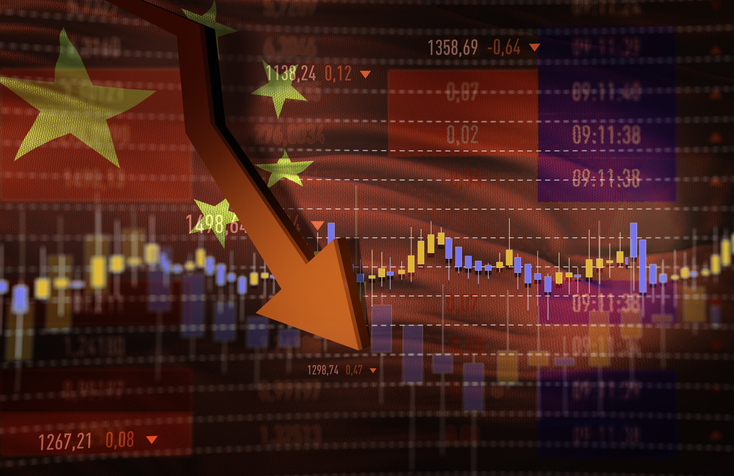World’s Biggest Hedge Fund: We Are Bearish on Almost All Financial Assets
The comments below are an edited and abridged synopsis of an article by Tyler Durden
One month ago, Bridgewater was outperforming peers even after losing money in April, largely as a result of turning bearish. It had reduced its net long bets on US equities to about 10% of assets from 120% earlier this year and was net short equities overall. Now we know why.
 Bridgewater’s co-CIO Greg Jensen wrote that “2019 is setting up to be a dangerous year, as the fiscal stimulus rolls off while the impact of the Fed’s tightening will be peaking,” a point echoed by the head of India’s central bank, who warned that unless the Fed ends its balance sheet reduction, the tightening in financial conditions could lead to a global firestorm started by emerging markets.
Bridgewater’s co-CIO Greg Jensen wrote that “2019 is setting up to be a dangerous year, as the fiscal stimulus rolls off while the impact of the Fed’s tightening will be peaking,” a point echoed by the head of India’s central bank, who warned that unless the Fed ends its balance sheet reduction, the tightening in financial conditions could lead to a global firestorm started by emerging markets.
Since asset markets lead the economy, Jensen says, “for investors, the danger is already here.”
Jensen notes that markets are pricing in that the world will be in a goldilocks state in 2020, with 2.4% growth, 3% 10Y yields and a 2.8% Fed Funds rates, an extrapolation of current conditions, with expected growth and inflation near perfect levels. The yield curve is priced to be flat, oil to be at $62 and the dollar to be down 3.5% against developed world currencies.
Jensen notes that “expectations are for inflation to remain at fairly benign levels just above the Fed’s 2% target, and options pricing reflects little investor demand for protection against the potential for the economy to bubble over. On the other hand, it also shows virtually no chance of deflation, which is a high likelihood in the next downturn.” Jensen doubts that this will be the case.
Most ominous is Jensen’s forecast beyond 2019. “While such strong conditions would call for further Fed tightening,” he says, “there’s almost no further tightening priced in beyond the end of 2019. Bond yields are not priced in to rise much, implying that the yield curve will continue to flatten. This seems to imply an unsustainable set of conditions, given that government deficits will continue growing even after the peak of fiscal stimulation and the Fed is scheduled to continue unwinding its balance sheet, it is difficult to imagine attracting sufficient bond buyers with the yield curve continuing to flatten.”

